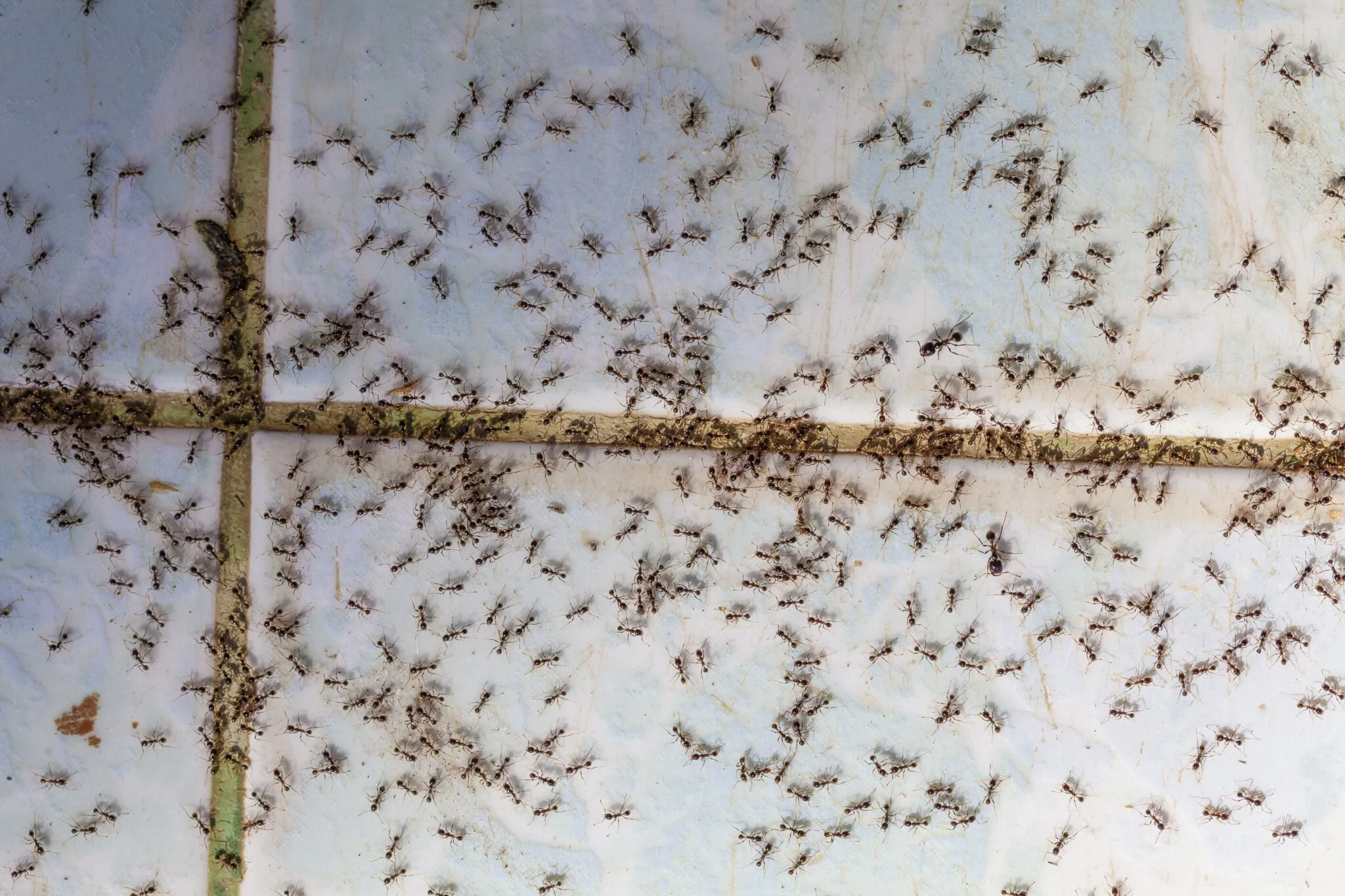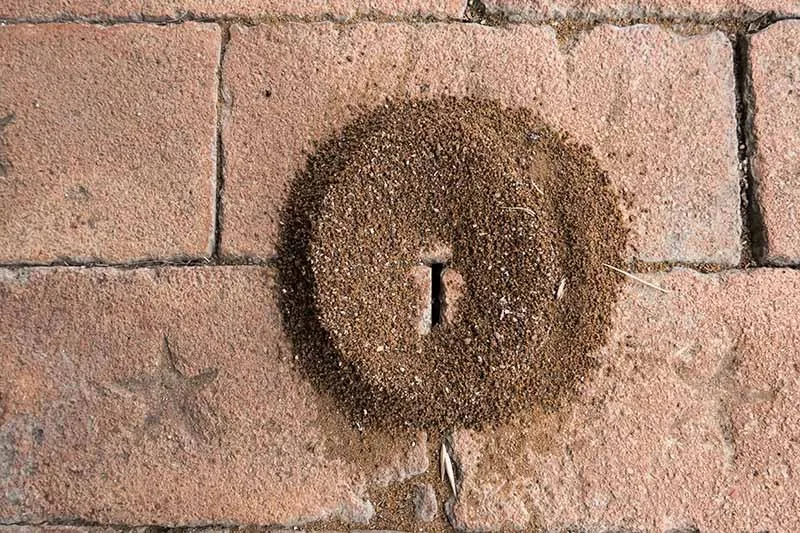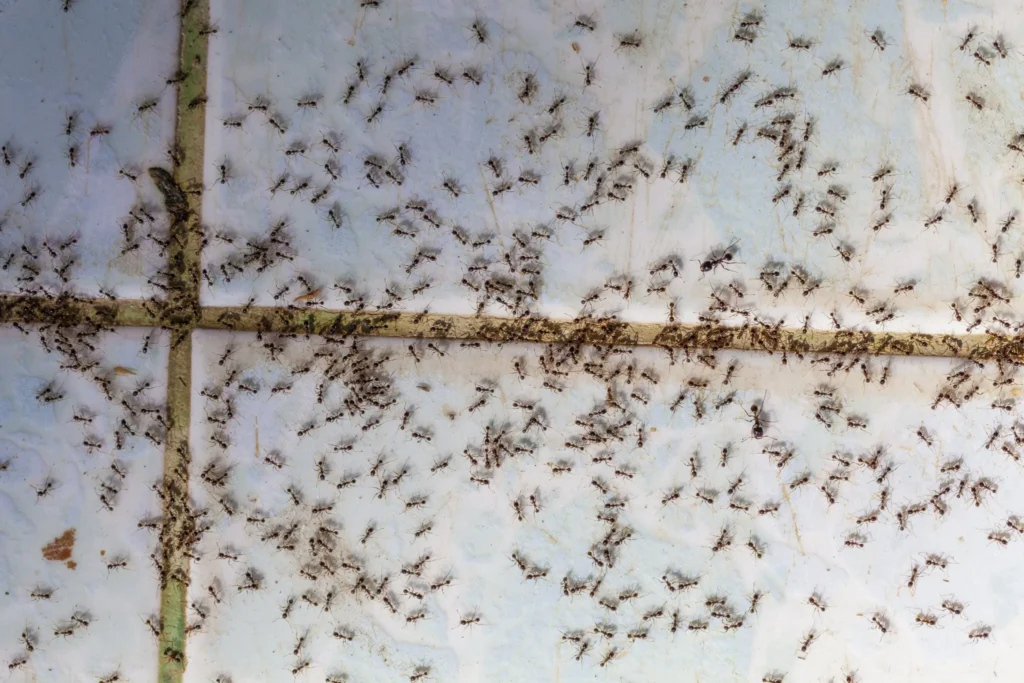Ant infestations can be a persistent nuisance for homeowners, causing frustration and potential damage to property. Understanding the behavior of these tiny invaders and implementing effective prevention and control measures is crucial for maintaining a pest-free environment. Ant pest control – free quote.
Signs of an Ant Infestation
Recognizing the signs of an ant infestation is the first step in addressing the problem:
- Visible ant trails: You may notice lines of ants marching between food sources and their nests.
- Ant mounds: Small piles of dirt or soil in your yard or garden can indicate nearby ant colonies.
- Frass: The presence of sawdust-like material near wooden structures may suggest carpenter ant activity.
- Increased ant sightings: More frequent encounters with ants indoors, especially around food sources, is a clear sign of infestation.
Common Types of Ants in Australia
Australia is home to various ant species, each with distinct behaviors:
- Coastal Brown Ants: Known for aggressive foraging and attraction to sweet substances.
- Black House Ants: Often nest in wall cavities and under floors, forming persistent trails.
- White-Footed Black House Ants: Nocturnal and prefer dark, moist areas for nesting.
- Red Imported Fire Ants: Highly aggressive with painful stings, they can damage electrical equipment.







Prevention Strategies
Preventing ant infestations involves a combination of hygiene practices and home maintenance:
- Seal entry points: Identify and block cracks, gaps, and openings around your home’s exterior.
- Maintain cleanliness: Keep surfaces clean and free of food debris, especially in the kitchen.
- Proper food storage: Use airtight containers to store food and eliminate potential ant food sources.
- Yard maintenance: Regular lawn care can help reduce outdoor nesting sites.
- Remove attractants: Clean up pet food and fix leaky pipes to eliminate water sources.
Treatment Options
When prevention isn’t enough, consider these treatment methods:
Natural Remedies
- Essential oils: Peppermint and tea tree oil can act as natural ant repellents.
- Vinegar solution: A mixture of vinegar and water sprayed around entry points can deter ants.
- Baking powder and sugar: This homemade bait is safer for households with children and pets.
Chemical Treatments
- Sprays: Insecticide sprays can be effective for spot treatments of small infestations.
- Dusts: Useful in sensitive areas like electrical boxes and roof voids.
- Baits: Effective for controlling certain ant species, especially when nests are hard to locate.
Professional Pest Control
For severe infestations or persistent problems, consider hiring a professional pest control service. They can provide comprehensive treatments and target specific ant species effectively.
Ecological Considerations
While ants can be pests, they also play important ecological roles as predators, scavengers, and soil aerators. When dealing with ant infestations, it’s important to balance effective control with environmental responsibility.
By understanding ant behavior and implementing a combination of prevention and treatment strategies, homeowners can effectively manage ant infestations and maintain a comfortable living environment.




